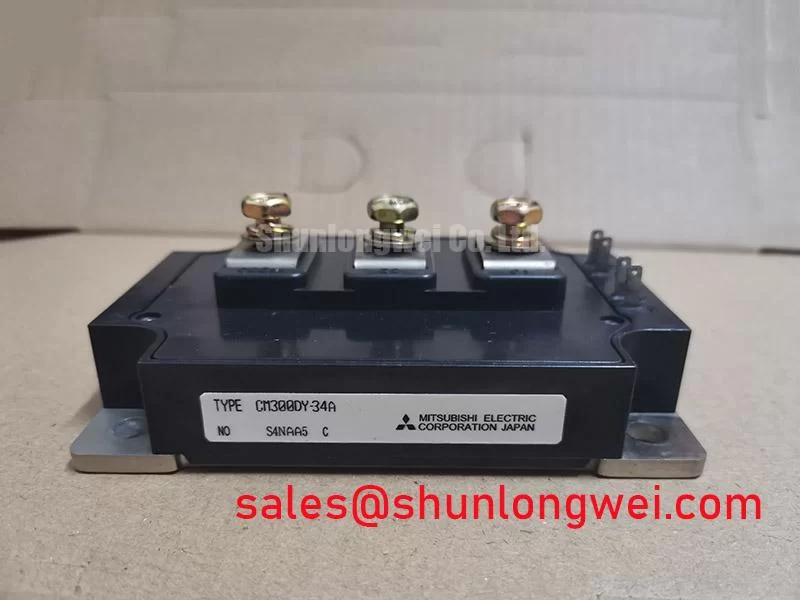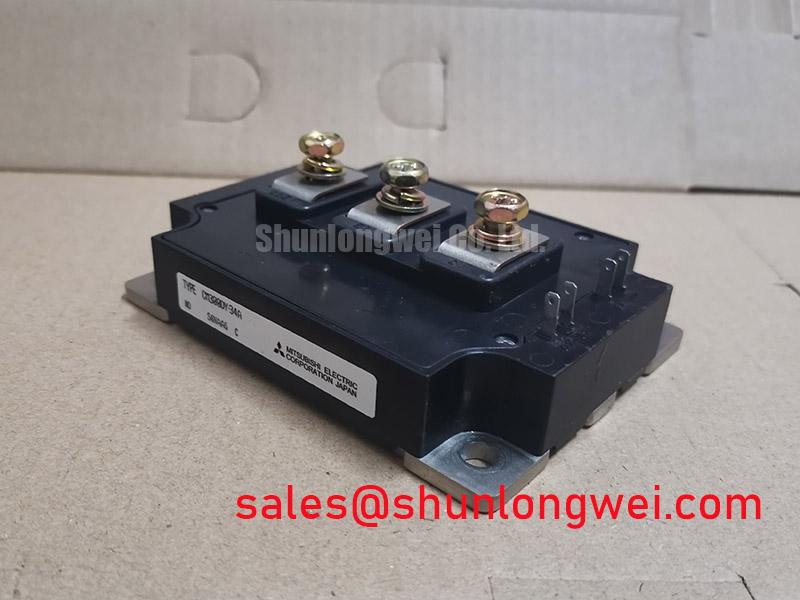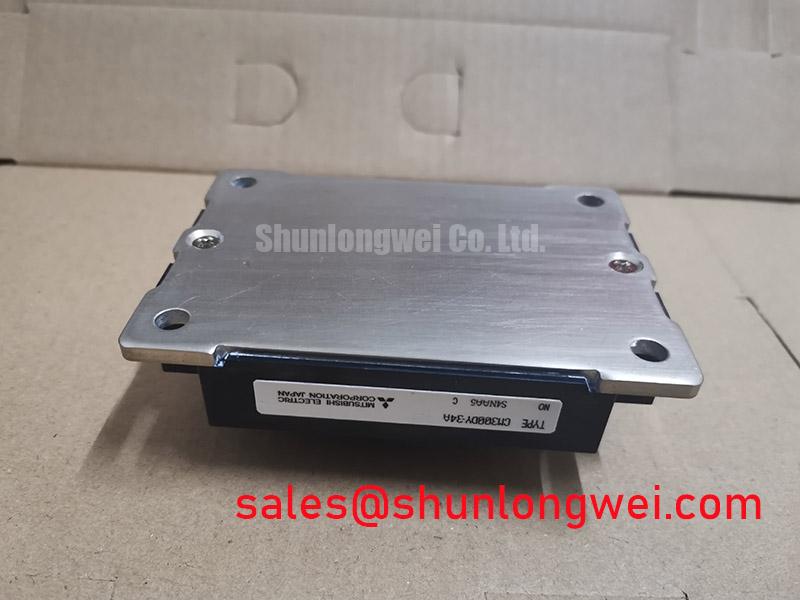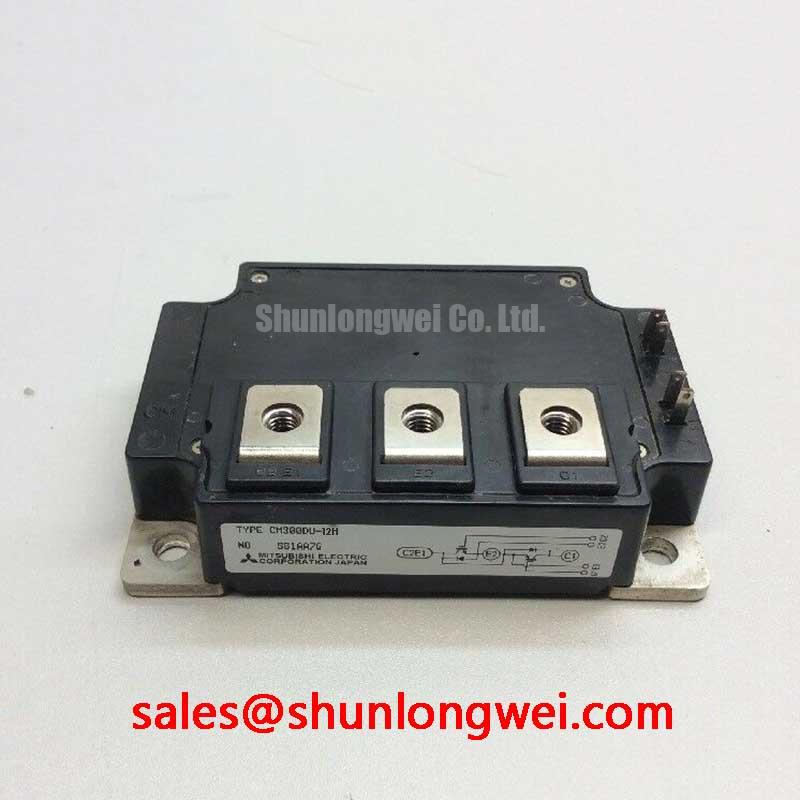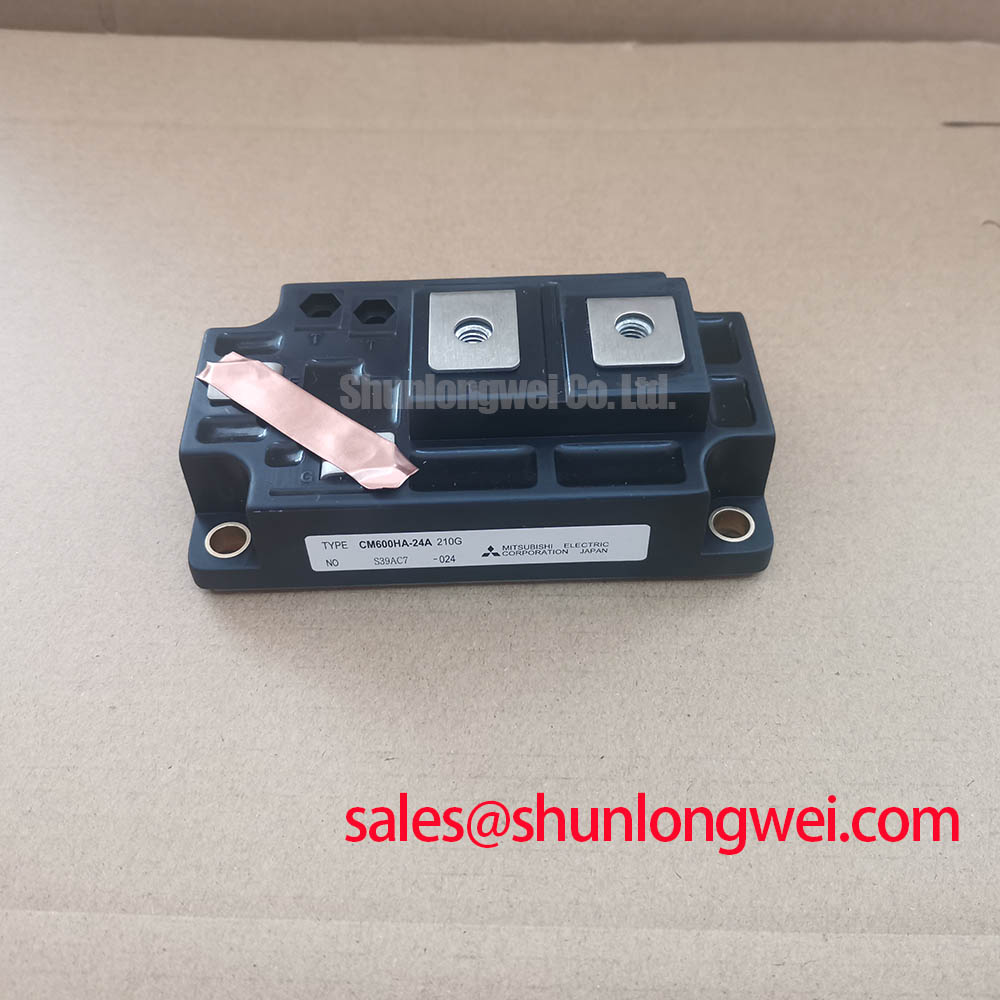Content last revised on November 22, 2025
CM300DY-34A: High-Power 1700V/300A Dual IGBT Module
Product Overview: Key Specifications and Engineering Advantages
Deciphering the CM300DY-34A for High-Voltage Industrial Applications
The CM300DY-34A is a high-power dual IGBT module from Mitsubishi's A-Series, engineered for demanding high-voltage inverter and converter applications. This module delivers a robust 1700V collector-emitter voltage (Vces) and a 300A collector current (Ic), providing a substantial power handling capability essential for industrial systems. Key advantages include its high insulation voltage of 2500V (Viso) for enhanced safety and an industry-standard package that simplifies thermal and mechanical design. For engineers designing systems operating on 690V AC lines, the 1700V rating offers the necessary voltage headroom for reliable operation under transient conditions. Its design is optimized for applications where controlled, high-power switching is paramount.
Application Scenarios & Value
System-Level Benefits in Industrial Drives and Power Conversion
The CM300DY-34A is best suited for high-voltage, high-power applications where reliability and efficient power switching are critical. Its 1700V rating makes it an excellent choice for the DC-AC inverter stages of large-capacity Variable Frequency Drive (VFD) systems controlling motors in heavy industries like manufacturing, mining, and material handling. In these environments, the module's ability to handle 300A continuous current ensures stable torque control and speed regulation for multi-megawatt motors. What is the primary benefit of its high Vces rating? It provides a crucial safety margin against voltage spikes common in industrial grids, enhancing long-term system reliability.
Another key application is in large-scale Uninterruptible Power Supply (UPS) systems for data centers and critical infrastructure. The module's low collector-emitter saturation voltage (Vce(sat)) of 2.7V (typical) directly translates to lower conduction losses. This is a critical factor in UPS systems that operate continuously, as reduced heat dissipation simplifies thermal management, lowers cooling costs, and improves overall energy efficiency. For systems requiring a lower voltage rating but similar current handling, the CM300DY-24H offers a 1200V alternative.
Key Parameter Overview
Decoding the Specs for Robust High-Voltage Designs
The technical specifications of the CM300DY-34A are tailored for robust performance in high-power switching circuits. The parameters below highlight the module's capacity for voltage blocking, current handling, and thermal efficiency. Understanding these values is the first step in leveraging this module for reliable and efficient system design. For instance, the Vce(sat) is not just a number; it is a direct indicator of how much energy will be lost as heat during operation. A lower value, like the 2.7V typical for this module, is analogous to a pipe with less friction—more power gets through to the load instead of being wasted as heat.
| Parameter | Symbol | Value | Conditions |
|---|---|---|---|
| Collector-Emitter Voltage | Vces | 1700V | Vge = 0V |
| Gate-Emitter Voltage | Vges | ±20V | |
| Collector Current (DC) | Ic | 300A | Tc = 85°C |
| Collector Current (Pulse) | Icp | 600A | 1ms pulse width |
| Collector-Emitter Saturation Voltage | Vce(sat) | 2.7V (Typ), 3.3V (Max) | Ic = 300A, Vge = 15V |
| Isolation Voltage | Viso | 2500Vrms | AC, 1 minute |
| Operating Junction Temperature | Tj | -40 to +150°C |
Download the CM300DY-34A datasheet for detailed specifications and performance curves.
Technical Deep Dive
Implications of Vce(sat) and Thermal Characteristics on System Design
The Collector-Emitter Saturation Voltage (Vce(sat)) is a defining parameter for the CM300DY-34A, directly impacting operational efficiency. With a typical value of 2.7V at its rated 300A current, the module's conduction losses can be calculated (P_cond = Vce(sat) * Ic). For a system designer, this value is a critical input for thermal simulation. It dictates the required heatsink performance and airflow to maintain the junction temperature (Tj) within the safe operating limit of 150°C. An optimized thermal design not only prevents overheating but also extends the module's operational lifespan, as thermal stress is a primary factor in power module degradation. The module's thermal resistance specifications are essential for these calculations, providing a clear path to designing a reliable Thermal Management system.
Frequently Asked Questions (FAQ)
What makes the 1700V rating of the CM300DY-34A significant for industrial motor drives?
The 1700V Vces rating provides a substantial safety margin for inverters operating on 690V AC industrial networks. This headroom is critical for absorbing voltage overshoots caused by motor cable inductance and fast switching transients, preventing device failure and improving the drive's overall robustness.
How does the Vce(sat) of 2.7V impact the thermal design of a power converter?
A lower Vce(sat) directly reduces conduction power loss. At 300A, this means less heat is generated within the module. This allows engineers to specify a smaller, more cost-effective heatsink or operate at a higher ambient temperature without exceeding the maximum junction temperature, thus improving power density and system reliability.
Is the CM300DY-34A suitable for parallel operation to achieve higher current output?
Yes, IGBT modules like the CM300DY-34A can be paralleled. However, successful paralleling requires careful gate drive design and symmetrical PCB layout to ensure balanced current sharing. Mismatched Vce(sat) and gate threshold voltages can lead to thermal runaway in one module. For guidance, consult technical documentation on IGBT Paralleling.
What is the purpose of the dual IGBT configuration?
The dual, or half-bridge, configuration integrates two IGBTs in a single package. This is the fundamental building block for a standard two-level voltage source inverter leg. Using three of these modules allows a compact and efficient construction of a complete three-phase inverter.
What does the 2500V isolation voltage signify?
The 2500Vrms isolation voltage (Viso) indicates the dielectric strength between the live terminals and the module's baseplate. This high isolation level is crucial for safety, preventing high voltage from reaching the grounded heatsink and chassis, ensuring compliance with industrial safety standards.
An Engineer's Perspective on Implementation
From Datasheet to Design: Practical Considerations
When integrating the CM300DY-34A, engineers should prioritize the gate drive circuit. A well-designed gate drive is not merely about turning the IGBT on and off; it's about controlling the switching speed to balance efficiency and electromagnetic interference (EMI). The datasheet's gate charge (Qg) and capacitance values are the starting point for selecting a suitable gate driver IC and calculating the required gate current. Furthermore, implementing a Kelvin emitter connection is highly recommended to minimize the impact of stray inductance in the emitter path, ensuring cleaner switching and more reliable gate voltage control, especially at high currents. Finally, always account for the module's internal stray inductance when designing the DC link busbars to minimize voltage overshoot during turn-off, a critical step in harnessing the full potential of this high-voltage module.

